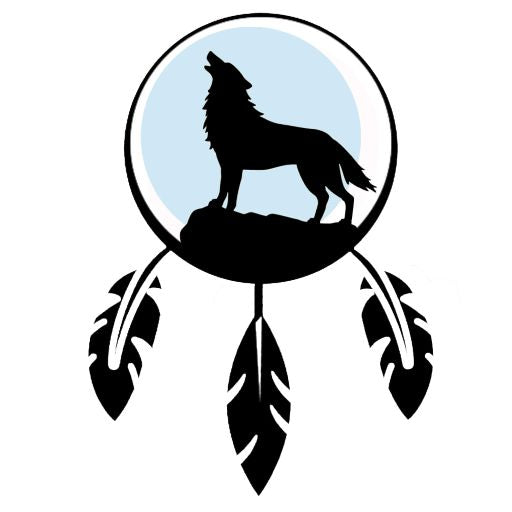What are the best indigenous products to buy to support indigenous artisans?

Purchasing authentic Indigenous products is a powerful way to support Indigenous communities while acquiring unique and meaningful items. But what are the best products to buy to ensure your money is well invested in authentic creations? Here are some must-have suggestions for any shopper committed to supporting Indigenous artisans.
1. Traditional works of art
Indigenous paintings, sculptures, and other forms of visual art are profound representations of the histories, beliefs, and identities of Indigenous peoples. Each work is often rooted in mythological narratives or lived experiences. For example, totem poles, very popular among tribes of the Pacific Northwest, tell the stories of ancestors and guardian spirits of the community.
2. Indigenous jewelry
Jewelry crafted by Indigenous artisans is much more than just fashion accessories. Each piece, whether a ring, necklace, or bracelet, is imbued with cultural and spiritual symbolism. For example, jewelry adorned with semiprecious stones like turquoise, often used by the Navajo people, is believed to bring protection and healing.
3. Traditional textiles and clothing
Indigenous clothing, blankets, and other textiles are often handmade using ancestral techniques passed down through generations. Woven wool blankets, like those of the Dene people, are not only works of art, but also serve as ceremonial gifts, marking important events in the lives of community members.
4. Ritual and spiritual objects
Ritual objects, such as drums, pipes, and ceremonial staffs, are essential elements of Indigenous spiritual practices. They are used in ceremonies that maintain the connection between communities and their ancestors, and between the individual and the spirit world. For example, dreamcatchers, originating with the Ojibwe people, are not merely decorations but are designed to protect sleepers from nightmares.
5. Everyday objects given a second life
Indigenous peoples have a long tradition of transforming everyday objects into works of art. Woven baskets, pottery, and handmade kitchen utensils are examples of this practice. These objects, while functional, also carry symbolic and aesthetic meanings.
Why buy authentic indigenous products?
Buying authentic Indigenous products is more than just acquiring a beautiful object. It also means supporting communities in their efforts to maintain and pass on their cultural heritage. When you purchase an authentic product, you encourage artisans to continue creating according to the traditions of their ancestors, while also contributing to the local economy.
At Indigenous Crafts , we are proud to offer a carefully curated selection of products made by Indigenous artisans. Every purchase on our site is a direct way to support these artisans and contribute to the preservation of their rich cultural heritage.
